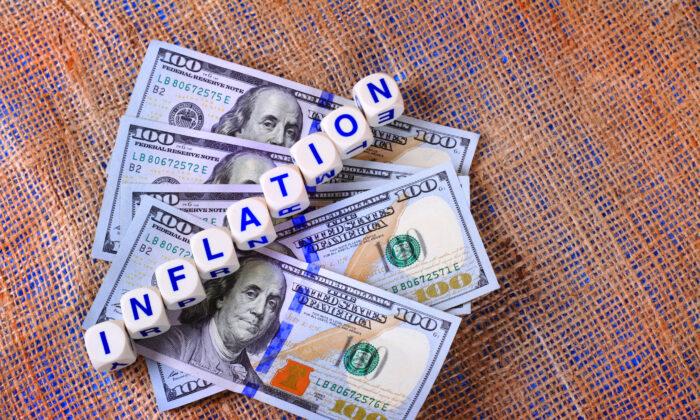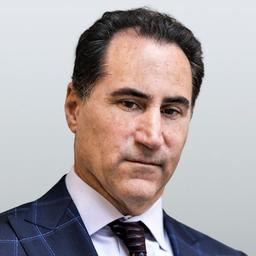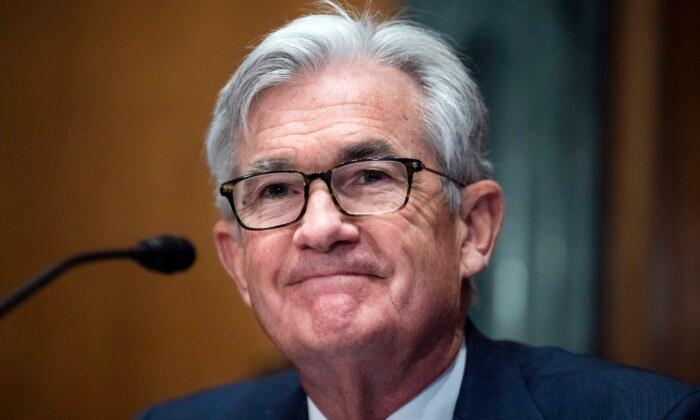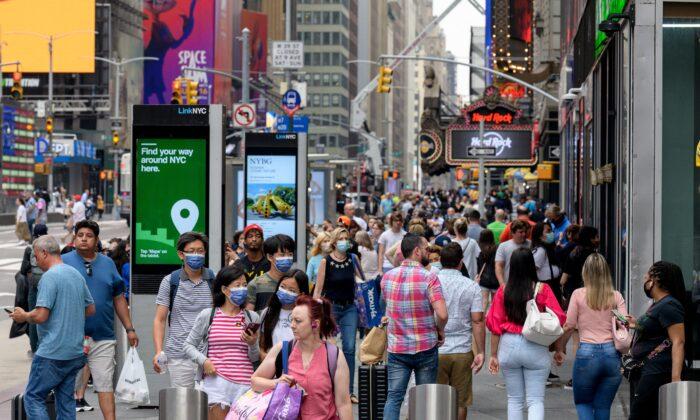People tend to hear what they want to hear and believe what they need to believe. In no place is this more true than on Wall Street. The Federal Reserve has made abundantly clear that it will tighten monetary policy until inflation is virtually vanquished. And yet, those who have no choice but to be nearly fully invested at all times have completely ignored this fact and were left trying to convince the investing public not to believe their own ears. That was a huge mistake going into the start of this year, and that is even more true today. The Federal Open Market Committee, the policy-making arm of the Fed, is telling us that rates will increase to about 4 percent by early 2023, but overly optimistic observes still say the Fed is bluffing.
What is closer to the truth is that the Fed will continue to raise interest rates toward its 4 percent target, unless the credit and labor markets collapse. The entire cohort of money printers and market manipulators have been thoroughly embarrassed by their transitory inflation prediction. And now they care much more about the unaffordability of rents than they do about making sure corporate profits are better than expected. If they were to flip-flop again now, the little credibility they have left would be gone. Let me be clear, Fed Chair Jerome Powell will indeed eventually pivot, but it will be because the economy and equity markets have collapsed, not because stock prices are falling.
The narrative from Wall Street is that inflation has peaked, the bear market is over, and a new bull market has begun. This sophomoric and specious conclusion completely ignores the other half of the equation, which is that the falling rate of change in the Consumer Price Index (CPI) is a direct consequence of a faltering economy.
Hence, there is indeed a realistic hope that the Fed can stop hiking rates by increments of 75 basis points (bps) and can dial it back to 50 and 25 basis-point hikes for the remainder of this tightening cycle. Powell also may stop raising the federal funds rate altogether by early next year. However, it will come at the expense of a spiking unemployment rate, a crashing housing market, clogged credit markets, plunging earnings growth, and equity markets that are in complete chaos.
The bad news for the perma-bulls doesn’t end there. Powell will be very reluctant to lower interest rates after the 4 percent target rate has been achieved, regardless of the damage done to the economy. This is because the memory of a dangerous and embarrassing battle with intractably high inflation has been seared into the frontal lobes of all the members of the FOMC.
| Year | Jan. | Feb. | Mar. | Apr. | May | June | July | Aug. | Sept. | Oct. | Nov. | Dec. | ||
| 1999 | 1.7% | 1.7% | 1.7% | 2.3% | 2.1% | 2.0% | 2.1% | 2.3% | 2.6% | 2.6% | 2.6% | 2.7% | ||
| 2000 | 2.8 | 3.2 | 3.8 | 3.0 | 3.1 | 3.7 | 3.6 | 3.4 | 3.5 | 3.5 | 3.4 | 3.4 | ||
| 2001 | 3.7 | 3.5 | 3.0 | 3.2 | 3.6 | 3.2 | 2.7 | 2.7 | 2.6 | 2.1 | 1.9 | 1.6 | ||
| 2002 | 1.2 | 1.1 | 1.4 | 1.6 | 1.2 | 1.1 | 1.5 | 1.7 | 1.5 | 2.0 | 2.3 | 2.5 | ||
| 2003 | 2.8 | 3.1 | 3.0 | 2.2 | 1.9 | 1.9 | 2.1 | 2.2 | 2.4 | 2.0 | 1.9 | 2.0 | ||
| 2004 | 2.0 | 1.7 | 1.7 | 2.3 | 2.9 | 3.2 | 2.9 | 2.5 | 2.5 | 3.2 | 3.6 | 3.3 | ||
| 2005 | 2.8 | 3.1 | 3.2 | 3.4 | 2.9 | 2.5 | 3.1 | 3.6 | 4.7 | 4.4 | 3.3 | 3.3 | ||
| 2006 | 4.0 | 3.6 | 3.4 | 3.6 | 4.0 | 4.2 | 4.1 | 3.9 | 2.0 | 1.4 | 2.0 | 2.5 | ||
| 2007 | 2.1 | 2.4 | 2.8 | 2.6 | 2.7 | 2.7 | 2.3 | 1.9 | 2.8 | 3.6 | 4.4 | 4.1 | ||
| 2008 | 4.3 | 4.1 | 4.0 | 3.9 | 4.1 | 4.9 | 5.5 | 5.3 | 5.0 | 3.7 | 1.1 | 0.0 | ||
| 2009 | -0.1 | 0.0 | -0.4 | -0.6 | -1.0 | -1.2 | -2.0 | -1.5 | -1.4 | -0.2 | 1.9 | 2.8 |
Peak Fed Funds Rate and Peak Treasury Yields
During the dot.com recession, the Fed started slashing rates in May 2000, and had to reduce borrowing costs by 475 bps before the market bottomed; that process took two years. During the global financial crisis, the Fed began its easing cycle in September 2007, and eventually took rates down by 525 bps before stocks found support. That process took a year and a half and was aided by a massive quantitative easing program. In similar fashion, the 10-year U.S. Treasury topped out in May 2000, at 6.5 percent, and interest rates didn’t reach their cyclical bottom until June 2003, at 3.1 percent. Likewise, the benchmark U.S. Treasury note topped out at 5.1 percent in July 2007, and didn’t find a solid base until December 2008, at just over 2 percent.The key takeaway here is thus:
Stock valuations are still extremely high—price-to-earning (P/E) ratios are higher than their 20-year averages, and earnings estimates are way too optimistic, given the downward trajectory of global GDP growth. The Fed is hiking rates at the fastest rate of change in its history, from zero percent in March to at least 3.3 percent by the end of 2022. Meanwhile, quantitative tightening is now ramping up to $95 billion per month. Those negative effects on earnings and the economy have yet to be felt, but will become clearly manifest in the near future.
It is crucial to have a model that is able to identify when easing financial conditions have sufficiently reliquified the financial system and can lead to a viable bull market. In contrast, we are heading in the exact opposite direction today.





